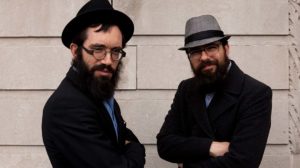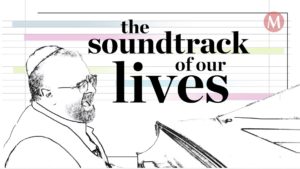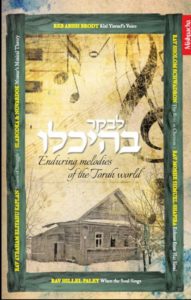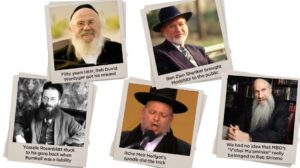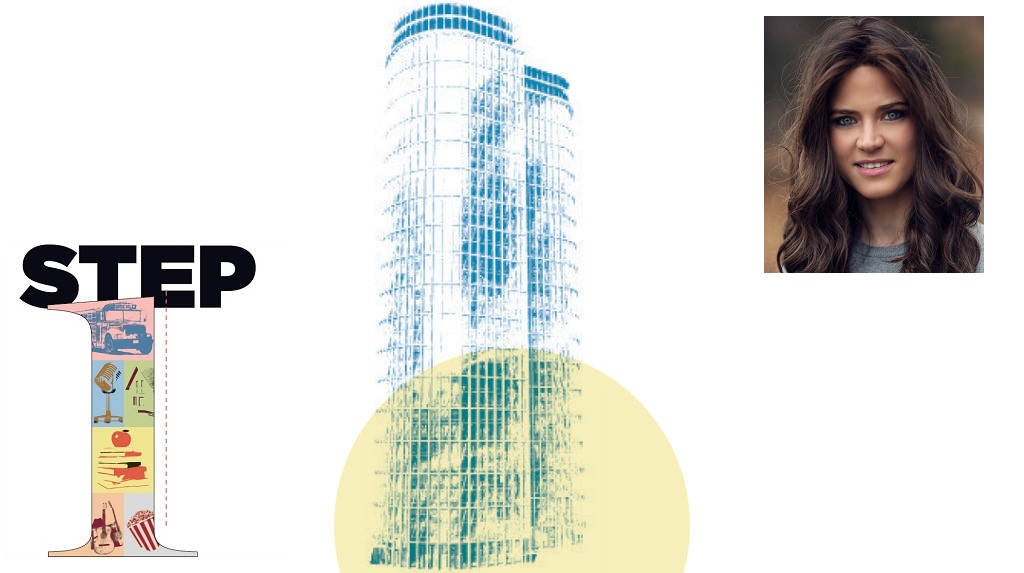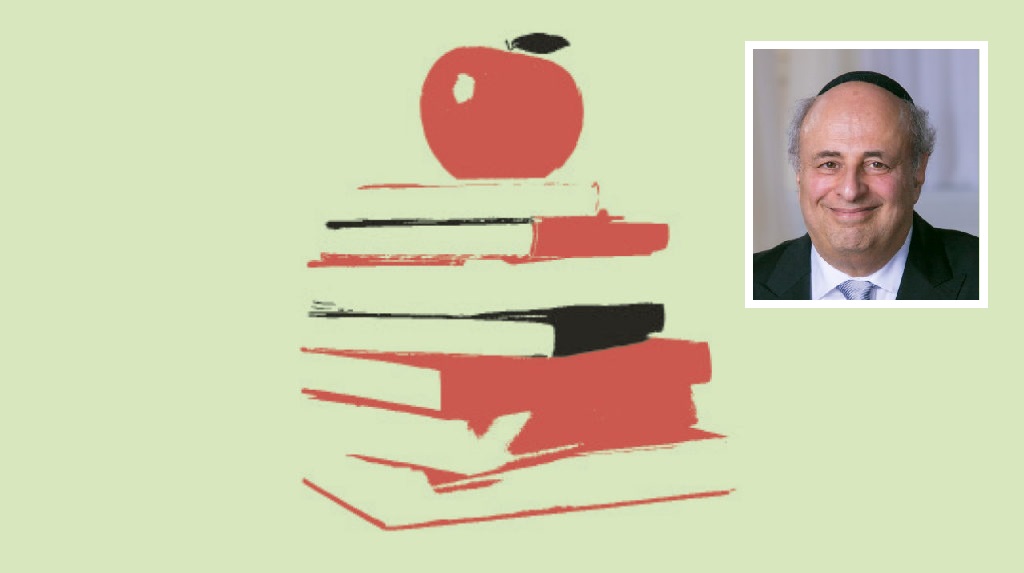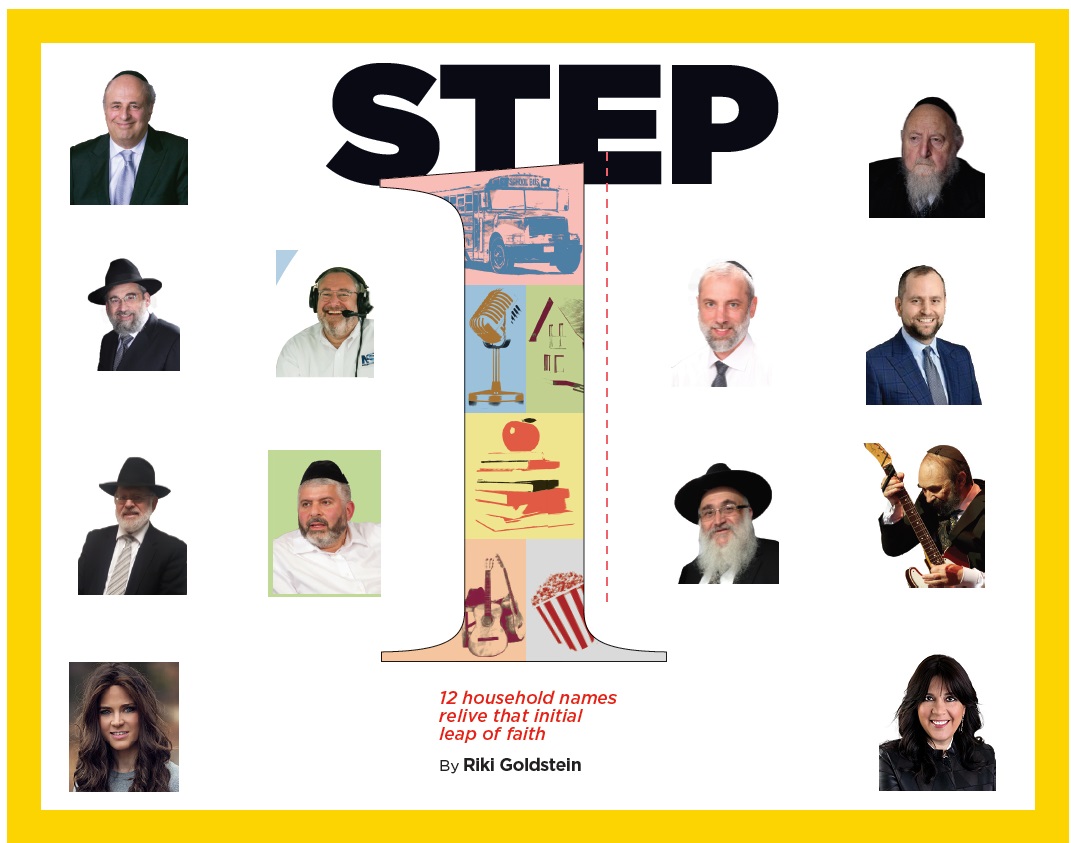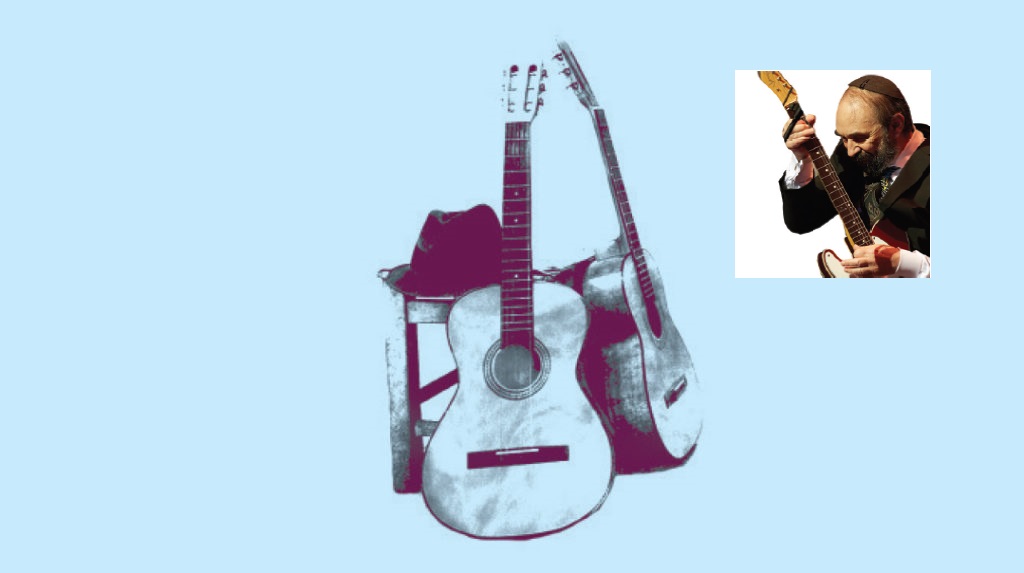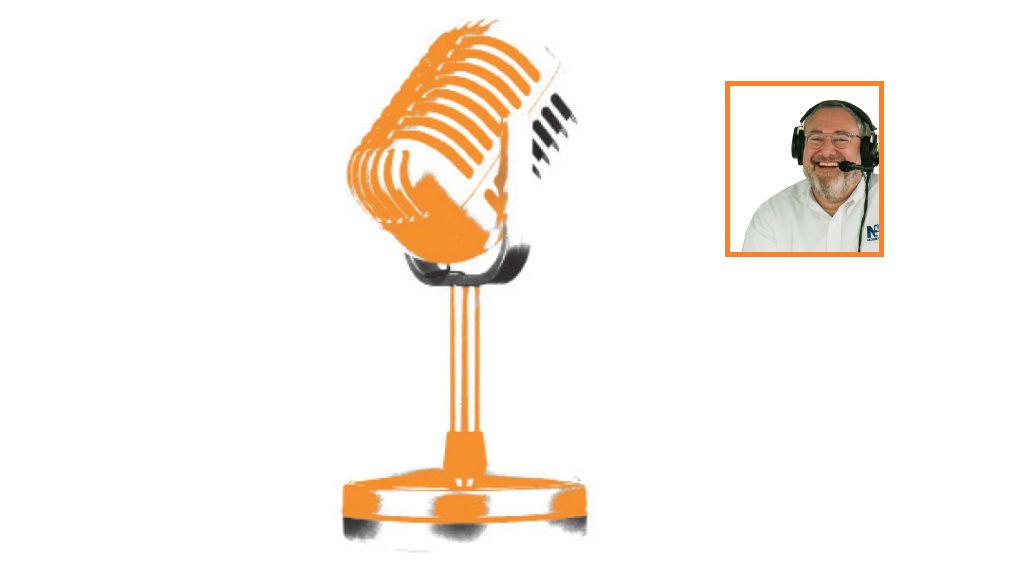Down to a Fine Art
| September 29, 2020Today they’re household names, but it started with a leap of faith: “I wanted to be an artist, but not a starving one. Could I pursue my creative dreams, while fulfilling my responsibilities to my family?"
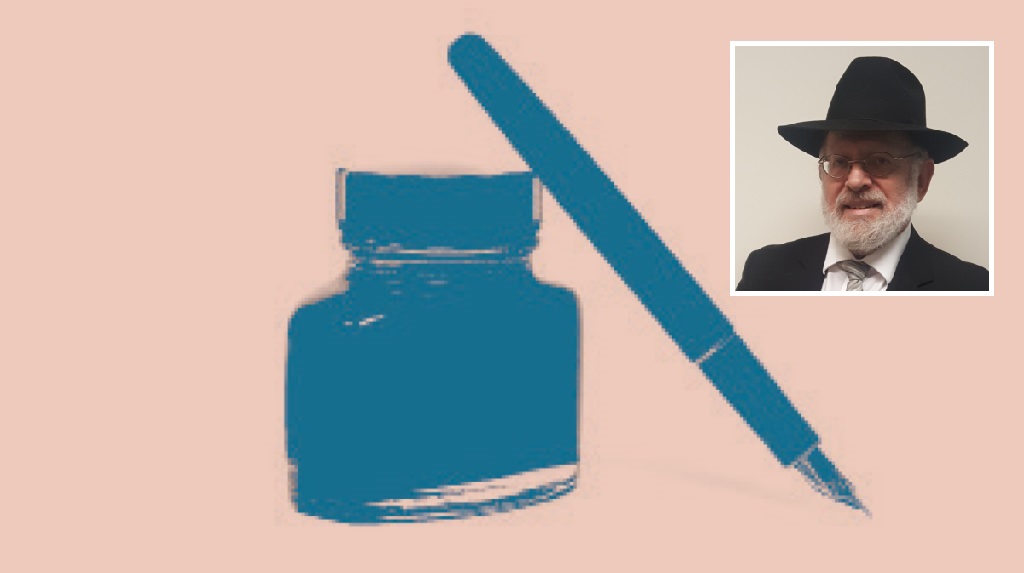
M

The summer after high school, I was color war artist in Camp Torah Vodaath. It was an eye opener for me when the artist from the opposing team, another boy who loved to draw, told me about different pens and artistic tools.
Letters in particular spoke to me, both in Hebrew and English, and soon before I married, I started to draw kesubos for people. This was the early 1970s, when the illuminated kesubah was becoming popular. My first opportunity came when my sister’s friend wanted one, and more clients followed. Looking back at those early efforts, they were somewhat elementary, but I still keep some charcoal work from that time on my walls.
During my kollel years, I continued to draw kesubos and monograms on the side, which helped cover our family’s expenses. At that time, wedding invitations were often designed and written by hand, and ArtScroll was a printing company. So I brought some samples of my work to Rabbi Zlotowitz a”h in order to apply for work as a freelance representative. He accepted me, and I got a lot of shimush from him. I remember being in his office in 1976, when his desk was covered with seforim on Megillas Esther. He was just about to leave his printing company to found Mesorah Publications.
Soon, I was working at ArtScroll as the company designer and general manager. We printed Jewish invitations and cards, and I gained a lot of technical knowledge. On the side, I continued to design bespoke kesubos, and in the early 1980s, I was also commissioned to produce the Holocaust Haggadah, a project involving mostly calligraphy and some writing to tie the themes of the slavery in Egypt to the Holocaust. That went on exhibition at Yad Vashem.
But then, it all got too much. I had to be in Manhattan at 8:45 every morning, which was taking a toll on my life, my learning, and my growing family. Working in an office and dealing with customer relations were not for me either. I wanted to be an artist, but not a starving one. I wanted to leave the company, but where would the orders come from? Could I pursue my creative dreams, while fulfilling my responsibilities to my family?
Thankfully, my wife a”h encouraged me and believed in me. I left ArtScroll on good terms, and not long afterward, they sent me a client who was looking for an especially artistic bar mitzvah invitation. Then, when they spoke about designs for a bentsher, I mentioned my dream of a calligraphic illuminated bentsher. With siyata d’Shmaya, they commissioned me to create it, and this became the Manuscript Shiron, which has sold hundreds of thousands of copies to date.
Hashem sent me projects involving my love of artwork, Torah research, and writing. For three and a half years, I worked on a very large illuminated Pirkei Avos, which sold as a limited edition, and went on exhibition as a vehicle to teach and share Torah values with several outreach organizations —an opportunity to use my skills for kevod Shamayim.
Rabbi Yonah Weinrib is an author and artist who specializes in elaborate manuscript illumination. His designs and writings are an interplay of artistic imagery and research based on traditional texts and sources.
(Originally featured in Mishpacha, Issue 830)
Oops! We could not locate your form.


